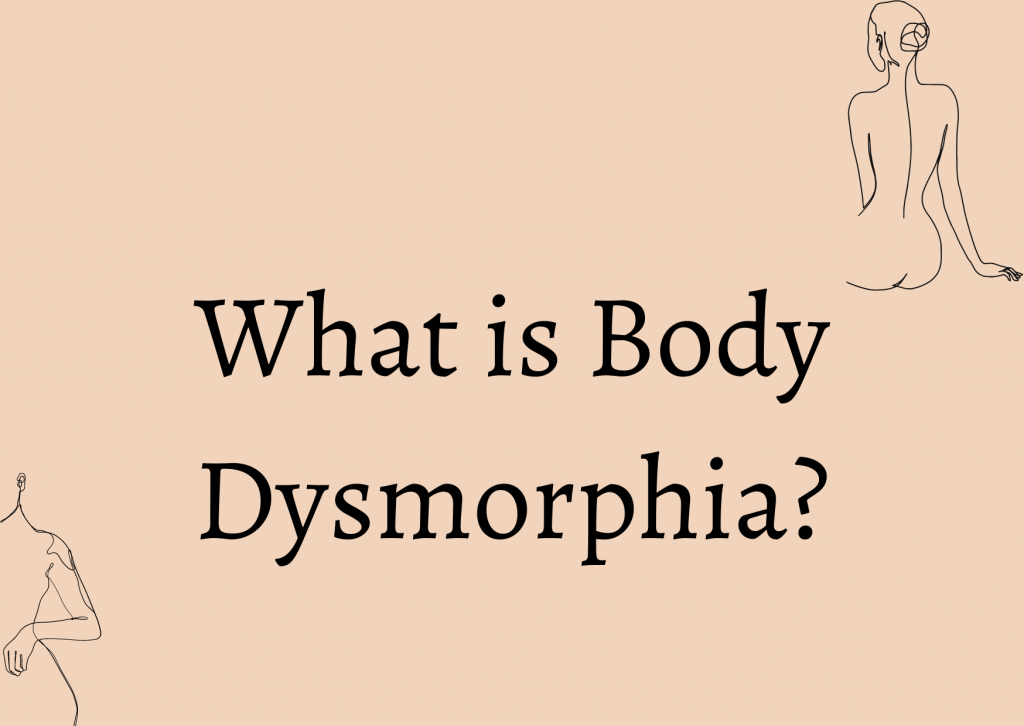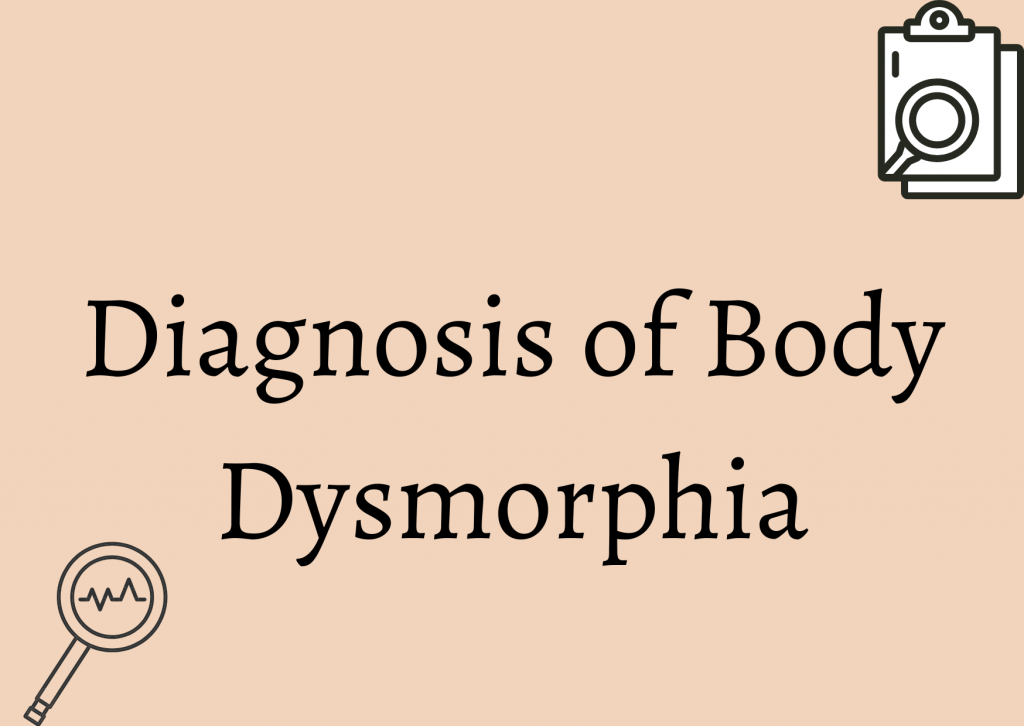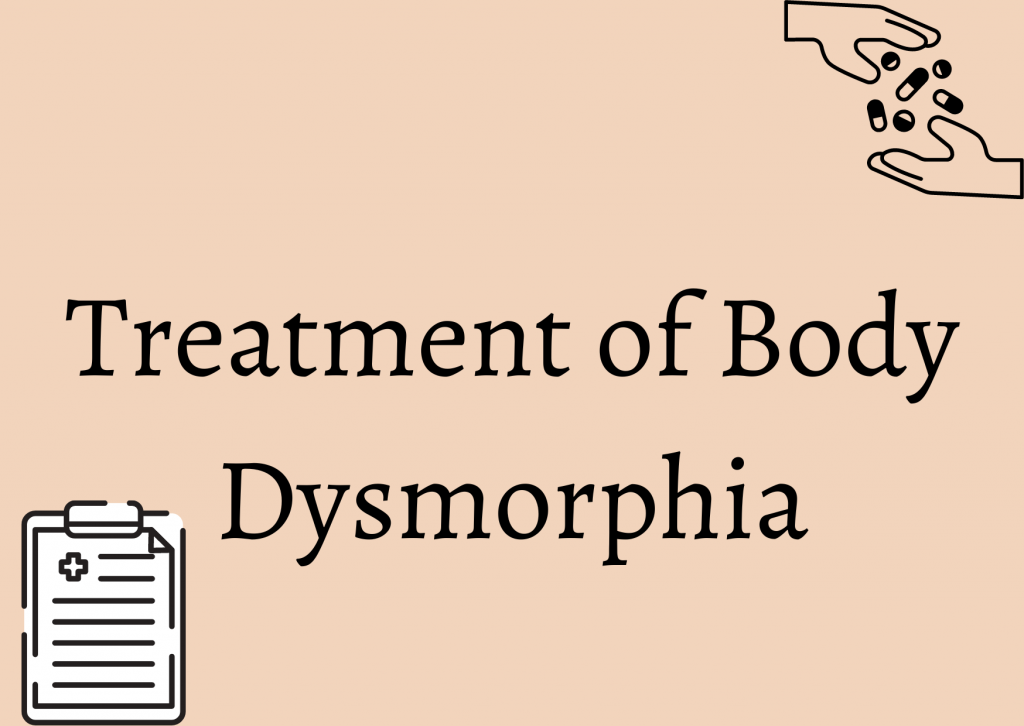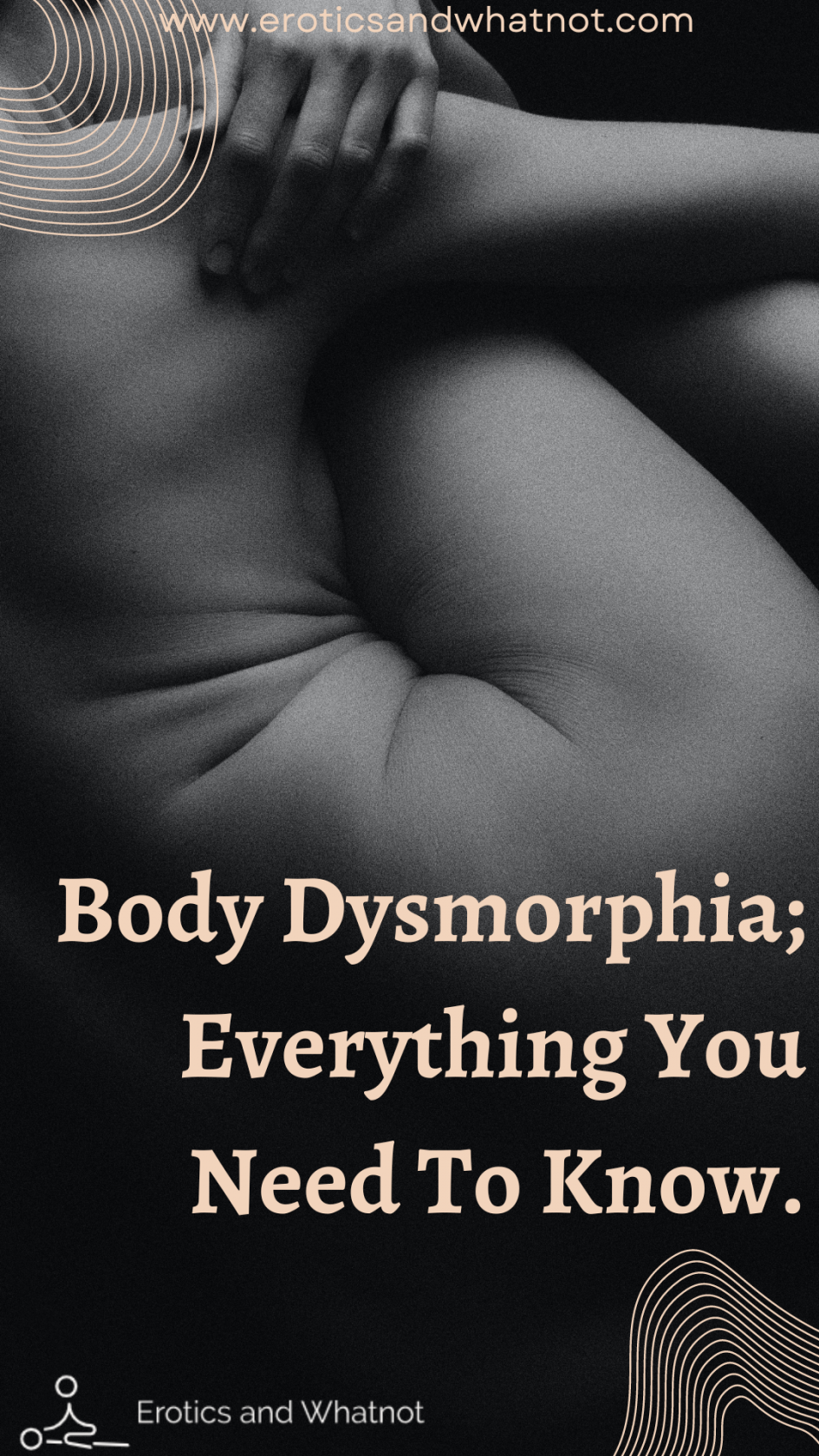Hello everyone, how are you doing? Happy new month, I hope August was good for you.
I was away on a journey of self-realization the whole month of August, and I couldn’t upload any posts, but I am back now to tell you Erotics and Whatnot renewed for another year during August, so here is to more posts.

Today we are talking about Body Dysmorphia, the causes, symptoms, diagnosis and many more; sit tight.
If it is your birthday this month, happy birthday to you, and also, if you turn 18 this month, welcome to the club.
Alright, let us get into it.
Have you ever looked at your body and felt you have a flaw in your appearance? Do you feel embarrassed and ashamed by the flaw you think you have? Then you likely have Dysmorphia, and if you know someone who has ever expressed this concern, this is the post to read.
Before I go in, I want to say all types of bodies are beautiful. We can’t all have the same body types; the flaws you think you have are peculiarities that make each body different from the next.
What is Body Dysmorphia?

It is a mental health disorder that causes a person to think nonstop about a flaw or defect in appearance; these are not noticeable to others. This doesn’t mean they are self-obsessed, but they are just consumed with the thought of a defect in their body, and this condition can affect their way of life, their self-esteem and general thinking.
Causes of Body Dysmorphia

The cause of body dysmorphia is not specifically known; it can come from a combination of issues like trauma, experience about body and self-image, it can come from emotional abuse and abnormal levels of serotonin in the brain (problems with the neurotransmitters in the brain). However, studies have shown people with other mental health disorders like depression and anxiety suffer from Dysmorphia.
People that have suffered from traumatic events as children or from emotional conflicts can have Dysmorphia, and people with low self-esteem can experience it too. Emotional abuse from parents and family members who are critical of their appearances, pressure from their peers and the societal norm that they have to look a specific type of way.
Symptoms of Body Dysmorphia

People with Dysmoprhia can be worried about the following things; their face (nose, complexion, wrinkles). Their hair and appearance, skin colour, and breast or genitalia size.
The following are symptoms of Dysmorphia in a person;
- Constantly ask for reassurance about their perceived, visible or too obvious defect.
- They are engaging in time-consuming behaviours, like looking into a mirror, always trying to hide or cover up their perceived flaw and constantly picking at their skin.
- Constantly comparing their appearance with that of others.
- Feeling self-conscious and avoiding going out to public places.
- They have problems focusing at work, in their relationship and in life because they worry about their defect.
Diagnosis of Body Dysmorphia

It is hard to diagnose Dysmorphia because most people that suffer from it are ashamed to speak up for fear of being judged or criticized by people. So they keep quiet instead of speaking to someone; the disorder could go on for years, and they would be quiet. But the thing is, you cannot know if you have Dysmorphia for real unless you are diagnosed.
A doctor can diagnose Dysmorphia; the doctor will ask about the family’s medical history and perform a physical exam; if Dysmorphia is diagnosed, the person will be referred to a specialist to help them. The person’s attitude, behaviour and symptom will be evaluated during the exam.
When a doctor suspects any of the symptoms listed above, they can conclude that a person suffers from Dysmorphia.
Treatment of Body Dysmorphia

- Medication: A specialist can prescribe antidepressants to patients suffering from Dysmorphia to help them treat the disorder.
- Exposure and Response Prevention: This procedure uses real-life situations to prove to a Dysmorphia patient that the way they perceive themselves is not how others perceive them.
- Therapy with Family: There can be therapy sessions where the family can learn about Dysmorphia and its signs and symptoms so they can know how to support the patient. The patient might be eager to get better when their family supports them.
- Cognitive Behavioral Therapy (CBT): This procedure focuses on changing a person’s thinking and behaviour; the patient can correct their thinking about the disorder and lessen their compulsive actions through treatment.
Prevention of Body Dysmorphia

Dysmorphia doesn’t have any known prevention, but it can be prevented from getting worse; support and talking to a loved one or trusted one can help keep the Dysmorphia in check. The patient should seek treatment as soon as they start exhibiting symptoms of body Dysmorphia.
There you have it, all you need to know about Dysmorphia; of course, this post is only surface information. Suppose you want to know more about Dysmorphia; in that case, you have to do more detailed research and talk to a professional if you think you have Dysmorphia or notice yourself exhibiting Dysmorphia symptoms.
On a personal note, I have not experienced full-blown Dysmorphia, but I suffered briefly from it for a brief period in my life using secondary school. I am a female with tribal marks on her face, and I got so fixated on these tribal marks that I saw them as a defect, but my classmates always commented on how they made me look pretty. I always thought they were lying.
I compared myself to so many girls and wondered if I was ever that beautiful but the year before I left secondary school changed that; I became friends with two amazing women who understood what I was going through; there was no judgment, just understanding.
It helps to have people who can support you; you will feel wanted and loved.
Well, thank you for reading this far, for the new readers welcome on board, and for returning readers; I didn’t post content for a month, and you still held on to Erotics and Whatnot. I appreciate all of you and hope you help spread the word.
You can subscribe to get newsletters twice a week and get birthday emails if you fill in your birth date.
Don’t forget to share this post with your friends, Twitter mutuals, WhatsApp contact list and Snapchat friends.
You can contact me via the website or set up an audio or video meeting for a small fee.
See you next week.



Leave a Reply